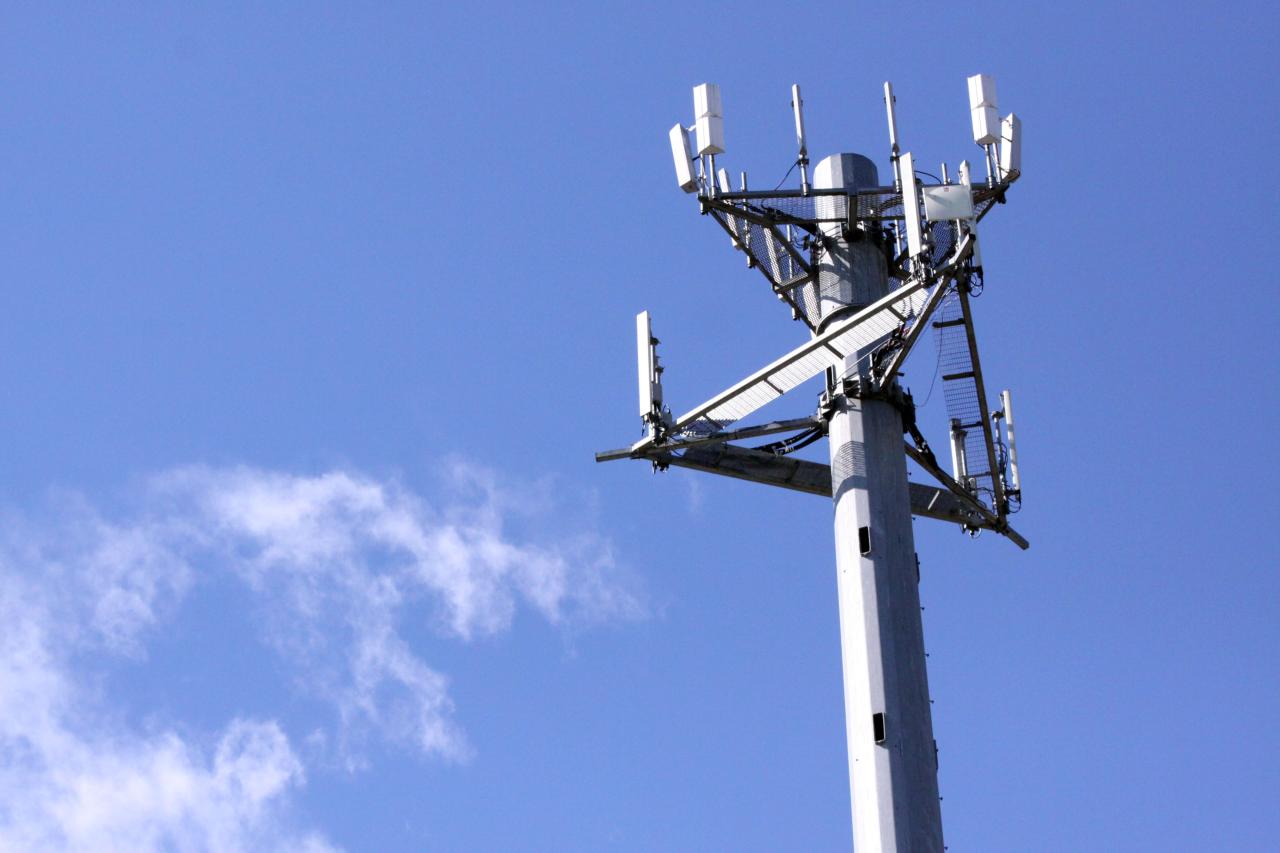The explosion of cell phone use in Iran has compelled operators to buy and lease as many locations as they possibly can across metropolises and towns, namely in the sprawling capital.
The towers, conspicuous by their ugly presence, are studded with have electronic equipment and antennas that receive and transmit radiofrequency signals. But some people are concerned that the radiation-emitting metal structures are harmful to the health of those living in the close vicinity of the relay stations.
As is customary in Tehran and other large cities, the mobile network operators also install the cell phone towers on the roofs of residential buildings, either after purchasing the buildings or, more commonly, by paying a monthly rent to the residents. This practice adds to the risk of the heavy towers with regards to their safe installation.
To address the concerns, Tehran’s municipal authorities issued a warning in 2016 to mobile network operators and told them to remove the towers that had been installed without a permit.
Head of the Health and Safety Committee of Tehran City Council, Massoumeh Abad, had then said that there were over 12,000 towers in Tehran and almost 90% had been put up without a permit. An official with the TCC, Alireza Ordoubadi, said most of these towers were erected overnight without legal permission, Salamat News reported.
The TM first warned the operators to remove them. But when nothing happened it took upon itself to get rid of them and in response the operators took the TM to court. Last week, the Administrative Court of Justice dismissed the mobile phone operators’ complaint and ordered the dismantling of the illegal towers.
Globally, the health hazards associated with radiofrequency (RF) exposure from cell phone towers is a matter of debate. Cell phone companies and the US Food and Drug Administration assert that cell phone towers don’t pose any health risks. Some studies support this assertion, but other studies suggest otherwise.
A 2006 report issued by the World Health Organization found no scientific evidence that radiofrequency signals from cell towers cause adverse health effects. The report noted that up to five times more of the RF signals from FM radio and television (than from cell towers) are absorbed by the body with no known adverse effects on health in the more than 50 years that radio and TV broadcast stations have been operating.
The American Cancer Society argues that the energy level of radiofrequency waves given off by cell phone towers is not enough to break chemical bonds in DNA molecules, which is how these stronger forms of radiation may lead to cancer. It also argues that it is unlikely that the energy from RF waves could be concentrated enough to affect individual cells in the body.
Not Comfortable
But still, many people living in the vicinity of cell phone towers worldwide complain of similar symptoms, such as headaches, fatigue, insomnia, and difficulty in concentration. Scientists do not reject the fact that all these symptoms could be of psychosomatic origin, stemming from fears and concerns among residents who are simply uncomfortable with the idea of having a cell phone tower installed in their vicinity without prior warning.
The issue here, as in many other cases in Iran, is with transparency and proper information dissemination. An official with the Ministry of Health and Medical Education, Ali Gourani says the level of energy emitted from the RF waves near cell phone towers should be within the national standards, noting that people should easily have access to this data.
“People blame the towers for many of their physical and psychological problems. Even if this is false, it could still cause psychosomatic illnesses among residents. Therefore, there is a need for an online system for reporting the RF energy levels, to help address such concerns,” he said.
Installation safety is another problem. According to Gourani, many of the buildings used for the towers are old and lack proper safety standards. “Our country is prone to many natural disasters and improper installations of the towers could pose serious dangers to residents,” he said.
Now that the Administrative Court of Justice has instructed the TM to come up with regulations regarding the safe location and condition of installing cell phone towers, those in charge have an opportunity to look deeper into the public concerns and come up with stringent regulations regarding their overall health safety and safe installation, he concluded.


